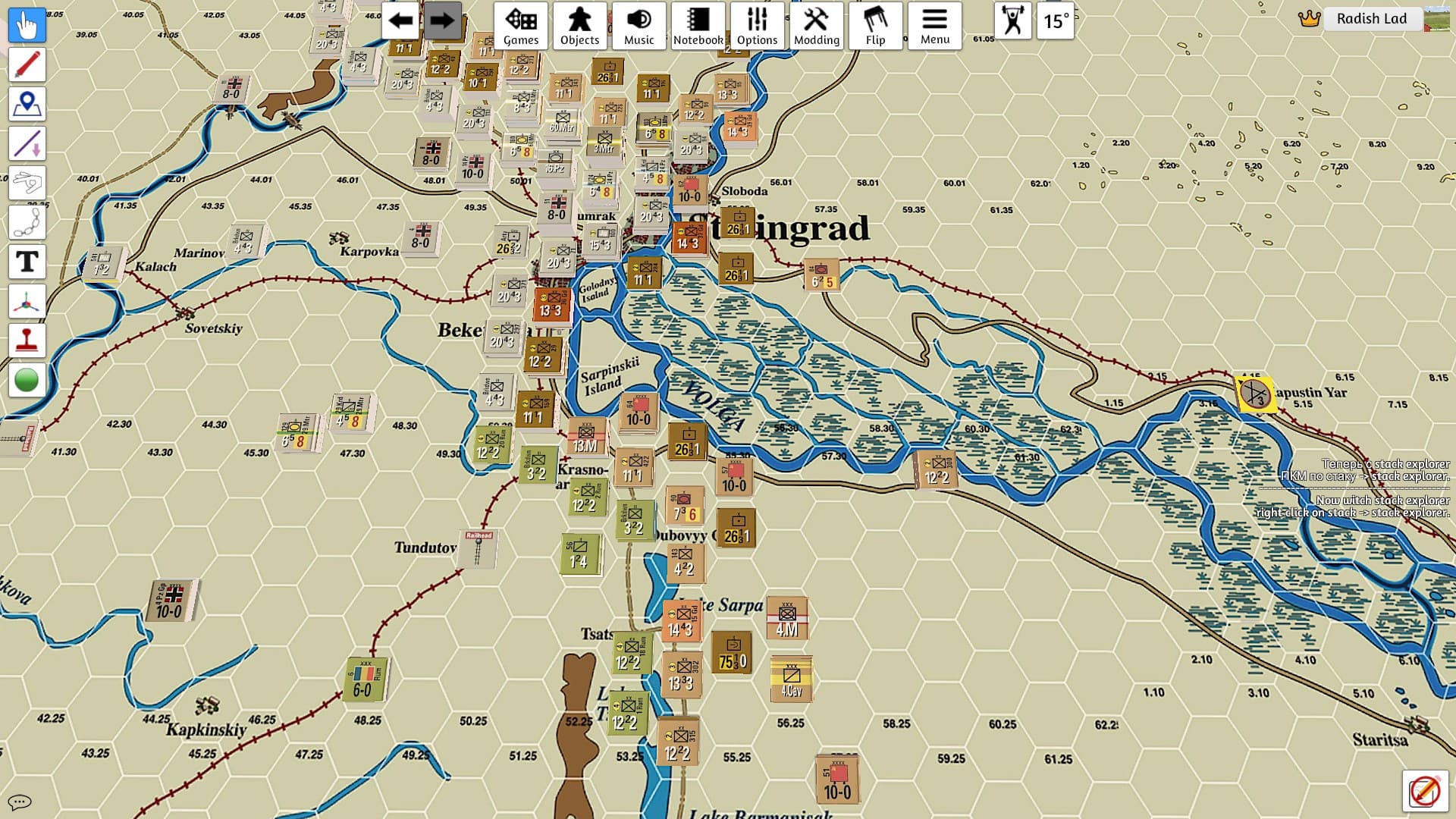The Pittsburgh Press (November 17, 1942)
NAZIS CAUGHT UNPREPARED BY RUSSIAN COLD
Winter sets in solidly on all areas of front
Russians kill 3,000 more at Stalingrad, keep going in Caucasus
By Henry Shapiro, United Press staff writer
Moscow, USSR –
Freezing cold today swept the Don Valley and the Voronezh area, where summer-clad German troops battled the weather and Marshal Semyon Timoshenko’s slashing Russian armies who, front reports said, killed another 3,000 Axis troops in Stalingrad.
The Germans were unprepared for the severe Russian winter, correspondents reported, and, as during last year’s biting cold, were dropping out of the battle lines with frostbite, colds and other illnesses.
The Russians, taking enemy prisoners, found them dancing in the snow, trying to keep warm. Others wrapped themselves in looted peasant shawls, felt rags and blankets. The prisoners said the German command had not yet issued heavy clothing.
Deep snow in north
The Russian winter, which took thousands of German lives last year, was setting in solidly along the far-flung front. Deep snows were reported in the north, along the entire Karelian front, where the first detachments of ski troops were operating.
Stockholm, quoting the French Havas News Agency, said snow and rain had paralyzed operations from one ends of the Russian front to the other. Havas reported that German attacks in Stalingrad appeared to have halted with the attackers preparing to hole up for the winter.
At Stalingrad, the Russians consolidated their positions in freezing weather, and the initiative appeared to be alternating between the defenders and the Nazis, front dispatches said.
Ready for offensive
These dispatches suggested that the defenders, having smashed the latest German offensive, probably would soon have the initiative entirely in their hands.
Attacking yesterday, Red Army forces in Stalingrad had dislodged the Germans from positions they occupied three days ago, killed up to 1,500 troops and destroyed two tanks, six guns and three planes. Today’s communiqué told of the killing of 1,500 more.
Gen. Ditwar, the German High Command’s spokesman, tried to explain on Radio Berlin why Stalingrad had not been taken. He admitted that the capture of Stalingrad was the real objective of the German campaign in Russia, but said it could not be encircled because of the Volga River and the Russians had better communications.
Caucasus gains continue
The Russians counteroffensive southeast of Nalchik in the Central Caucasus maintained steadily progress and the noon communiqué reported that Soviet tanks had driven a wedge into enemy defenses and killed a platoon of infantry, in addition to destroying three anti-tank guns and several machine-gun ports.
The Germans sent up 12 tanks in a futile effort to drive back the wedge. Four of them were destroyed.
The Red Army also held the initiative on the Western Caucasian Front southeast of Tuapse Naval Base. “Numerically superior” forces of the enemy attacked a height southeast of Nalchik, the noon communiqué asserted, but the Russians counterattacked, killed 160 and forced the enemy to retreat.


